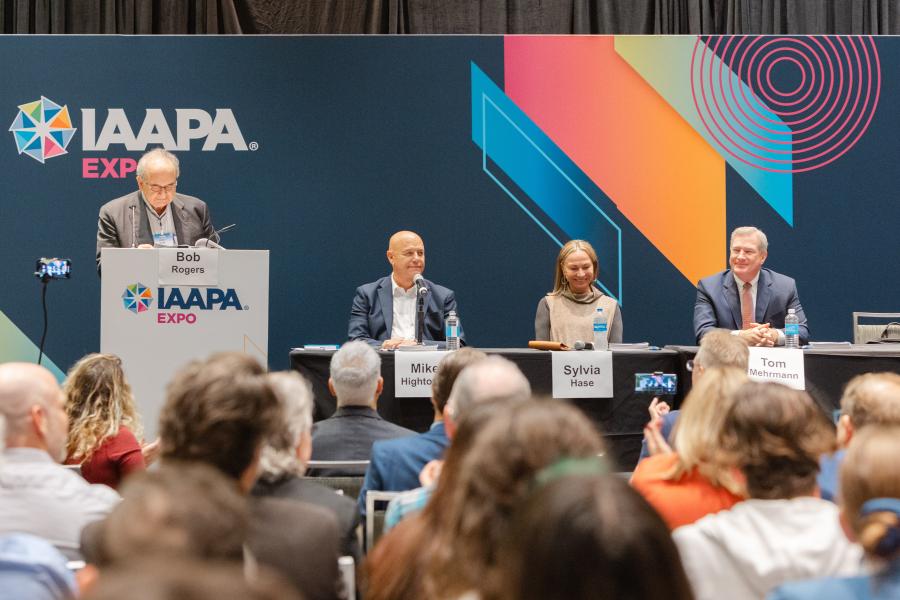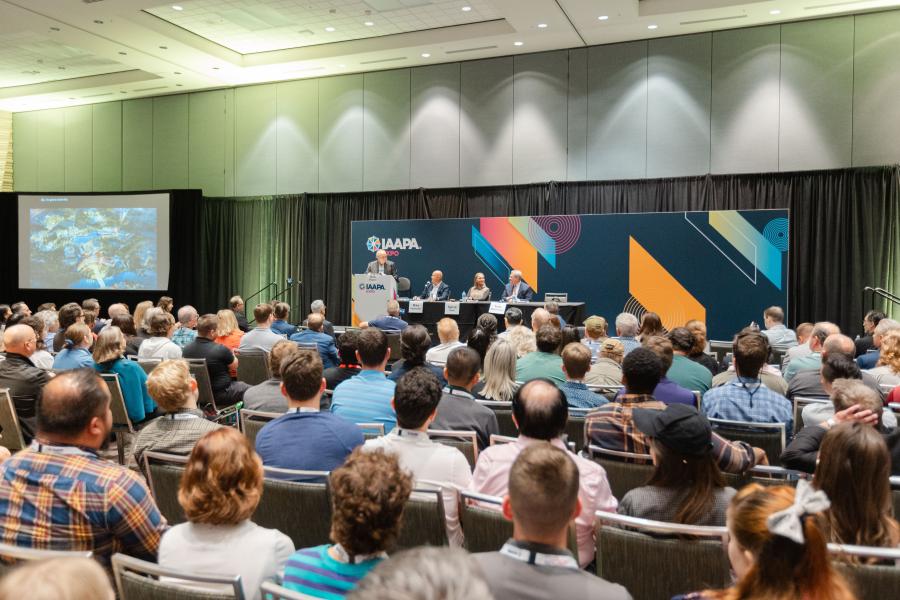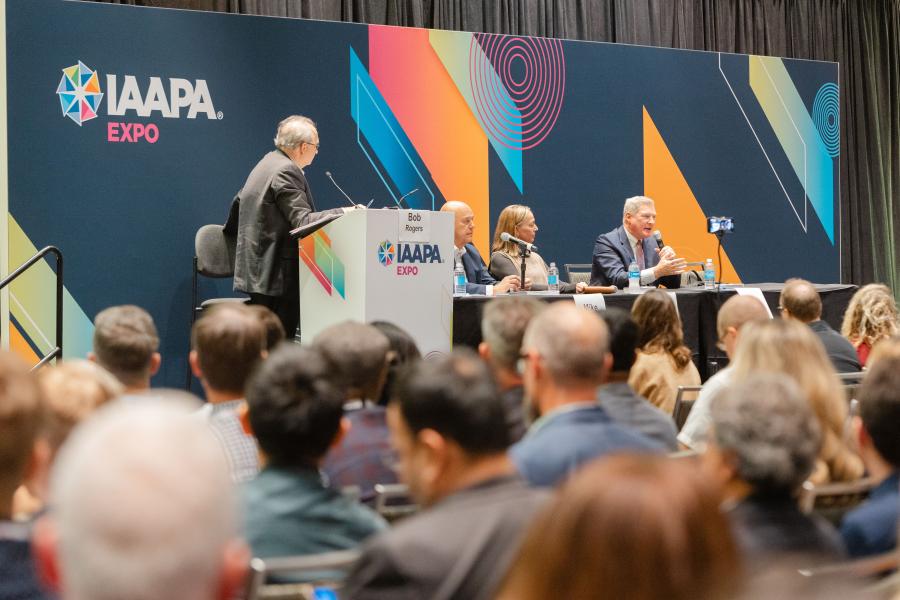Developing a project as sprawling and technologically advanced as Universal Beijing Resort requires extraordinary ingenuity—and even more so in the face of an unexpected pandemic.
During the inaugural Legends EDUSession moderated by founder, chairman, and chief creative officer of BRC Imagination Arts Bob Rogers, leaders involved in opening Universal Beijing Resort shared the lessons, tools, and strategies they employed to open the gates against all odds. Facing travel restrictions, government bureaucracy, and supply chain issues, the team tackled seemingly insurmountable challenges, allowing Universal to open their doors to the public in September 2021.
The panel featured:
-
Mike Hightower, retired president of Universal Creative
-
Tom Mehrmann, president and chief operating officer of Universal Destinations and Experiences, Pacific Rim
-
Sylvia Hase, president of Hasbas Entertainment
Navigating Park Development
Building a theme park while grappling with COVID-19 restrictions—as well as China’s strict standards for construction and its subsequent environmental impact—posed many obstacles for Universal. One of the tedious challenges encountered was the pollution regulation set by the Chinese government.
“If you saw any of the photographs of the construction of Beijing, what you saw from the aerial shot was green cloth … The idea, of course, was that we wouldn’t create dust,” explains Mehrmann. “And so, the Beijing government had cameras and sensors on site everywhere, so they could monitor the dust level back in central Beijing. And if we exceeded some level, they would shut the construction site down.”
Throughout the process, 10 million cubic meters of soil were imported, spread, and compacted without ever exceeding the dust limits.
Equipment operation also came with roadblocks. Mehrmann shared that Hightower attempted to request special approvals for the Universal team to operate a tower crane during wind warnings. Due to Beijing’s size and diverse terrain, a wind alert affecting one portion of the city may not affect the Tongzhou District where the park is located—about 25 kilometers from central Beijing.
Hightower was able to appease the Chinese government by installing anemometers that would register the wind’s behavior, allowing the construction crew to operate the cranes until just before the wind warning was set to impact the area. He was successful, but the team’s euphoria soured when they learned that only the crane—not the individual set to operate the crane—was allowed to remain standing in the uncertain weather conditions.
Hase quickly became accustomed to supply chain problems as she worked to direct Universal Beijing’s acclaimed How to Train Your Dragon stage show, Untrainable. She had a vision to include baby dragons that would be manually flown over the heads of audience members by actors.
However, the majestic fiberglass dragons were attached to unsightly bicycles. At the time, despite being dissatisfied, she could not make change requests since many vendors had shut down.
“Towards the end of COVID, a lot of vendors shut down, and there was also this sentiment or urgency to do whatever you can, finish your work, put it in a box, and ship it to Beijing. We’ll open it and see what happens,” reflects Hase.
Despite the execution not being exactly as she envisioned; the baby dragon flight still elicited the most applause when the show debuted.
Overcoming Staffing Challenges
During construction and development of the park, Universal leadership was quickly forced to address the issue of staffing—and to do so while ensuring the safety of new and old team members.
Capitalizing on the drop in cases throughout China as cases were beginning to rise in the United States, leadership attempted to assure key team members that making the move to China would be safe for them and their families. Due to a loophole in the law, those with special visas were eventually given the green light to make the journey.
“[Universal] brought them back, and everyone, of course, was tested. They weren’t allowed to take public transportation—they were picked up by company vehicles and brought back to site,” shares Hightower. “And once they were on site, they were 100% sequestered. If they said, ‘I can’t do this, I have to leave’, then they were sent back. So, we never had one COVID case the entire time.”
As the park prepared to open, Universal continued to take government requirements and other safety precautions seriously.
“They had us put QR codes not only at the gate, at the metal detection and bag check when you arrive, but at every single unit—retail, ride, show, facility,” shares Mehrmann. “So, we had to staff an additional 300 people just to be at those scanning locations. And they were making sure everyone’s scanning, so there’s a record of the contact tracing occurring.”
Looking for more leadership insights? Explore on-demand sessions on the IAAPA Connect+ app.



